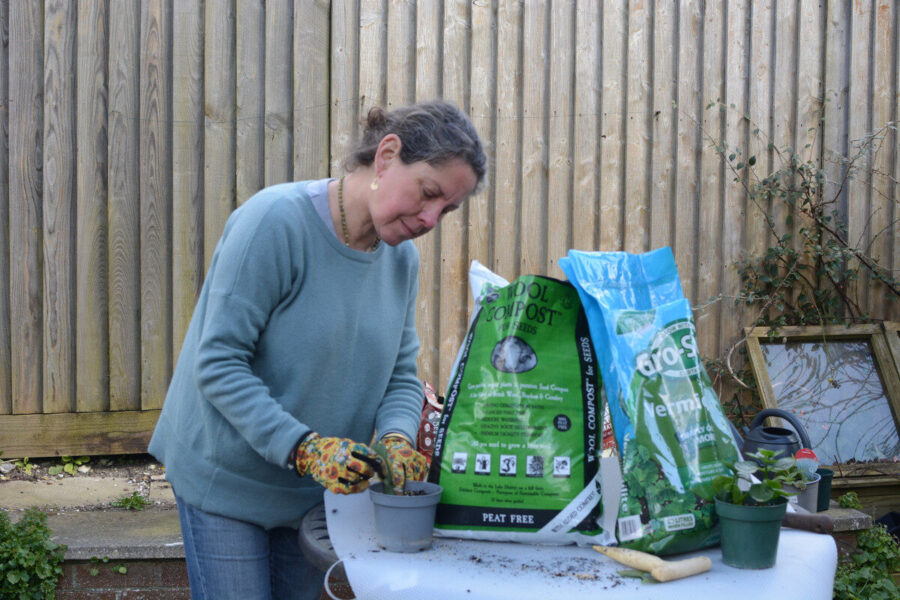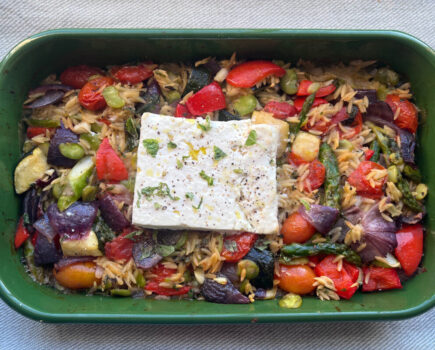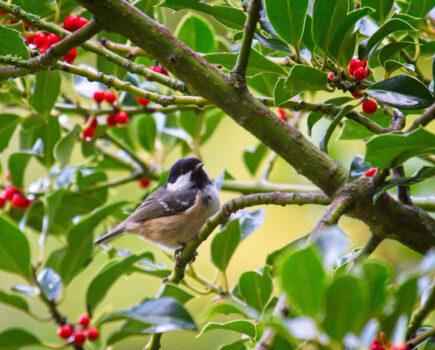Use the longer, brighter days to make more plants
Plants in our gardens aren’t the only things reacting to the bright joyfulness of spring – houseplants are growing too, making this the perfect time for their propagation.
I have been wanting to take cuttings from our old Schlumbergera (Christmas cactus) for ages, but have been curbing my patience and biding my time until spring sprang, bringing enough light and warmth for successful propagation.
I’ve also had two kalanchoe cuttings rooting in water that need potting up too.
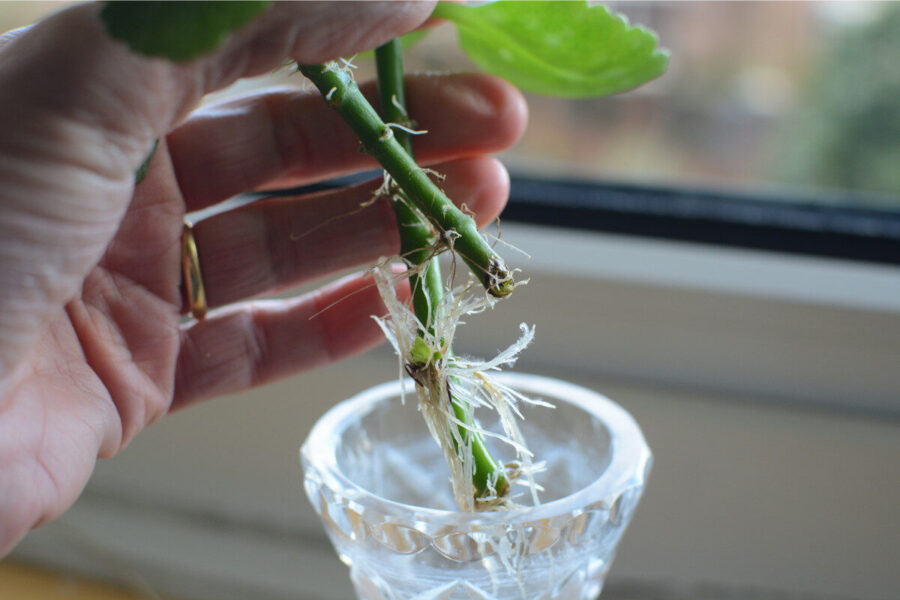
Both these plants are incredibly easy to propagate using cuttings, and done now they can be given as gifts at Christmas.
I carefully twisted a few lengths of sections from the Christmas cactus and laid them in a sunny spot for 48 hours before potting up. This causes the fresh ends to dry out and form calluses, making them more likely to root and less likely to rot in the compost.
The kalanchoe offshoots sprouted loads of roots in water and were ready to be potted up.
I used seed and cuttings compost mixed with vermiculite to open it up and improve drainage and airflow around the growing roots.
After potting up the cuttings I placed them on a north-facing windowsill that gets enough indirect light to encourage them to grow. I’ll keep the compost damp, but not soggy and in a few months’ time will give the Christmas cacti cuttings a gentle tug and if they resist, this means they have successfully rooted.
Christmas cactus cuttings
A simple form of propagation
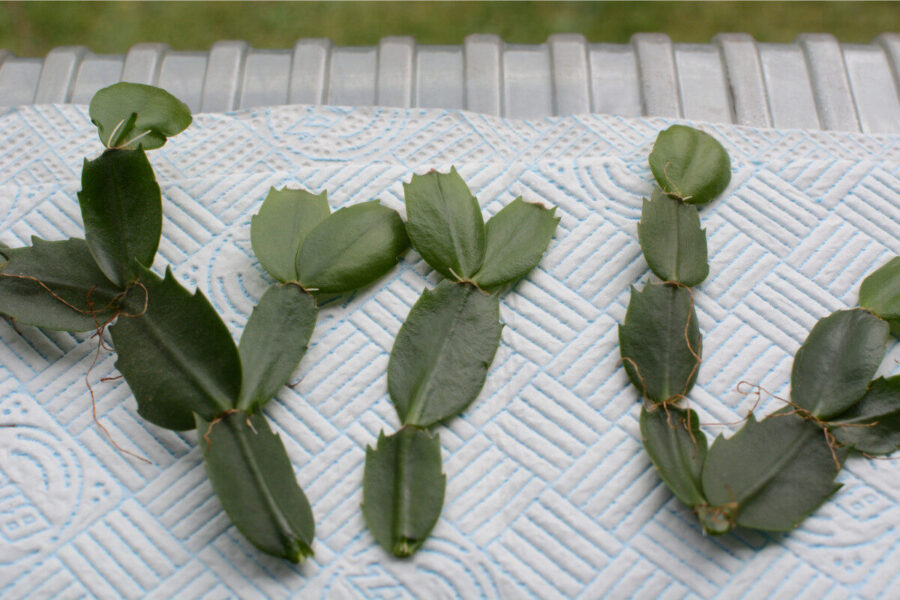
1. A couple of days before potting, remove cuttings material from the plant so its ends form rooting callouses.
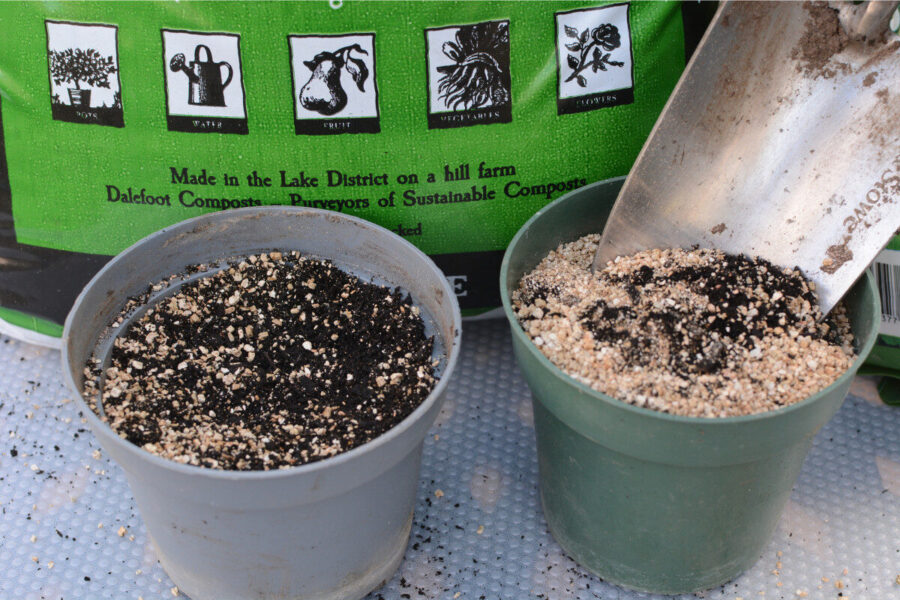
2. Mix cuttings compost with vermiculite to provide good drainage and aeration for healthy rooting.
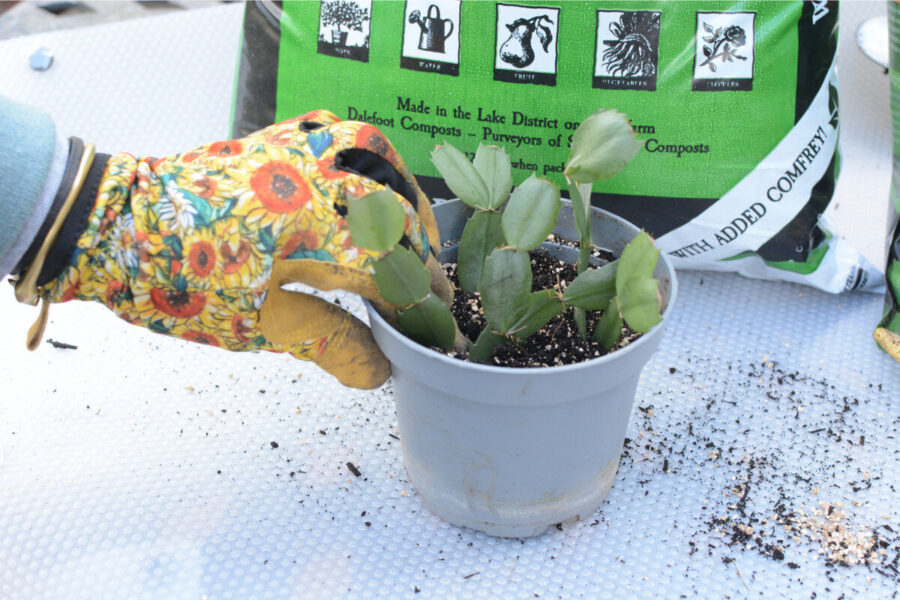
3. Insert the cactus cuttings around 1cm (1/2in) into the compost mix and gently firm them in.
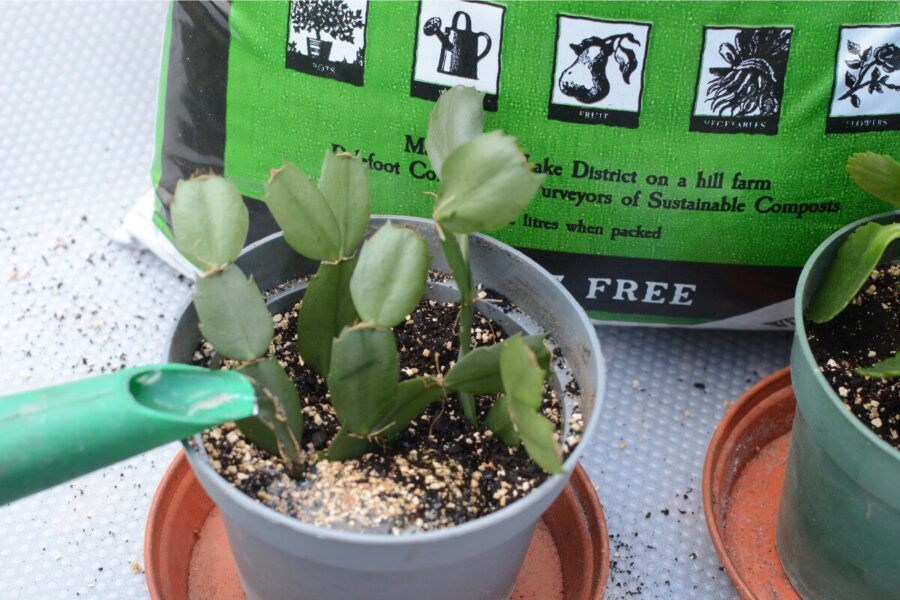
4. Water carefully and stand the cuttings on a north-facing windowsill, keeping the compost damp but not sodden.
Potting up kalanchoe offshoots
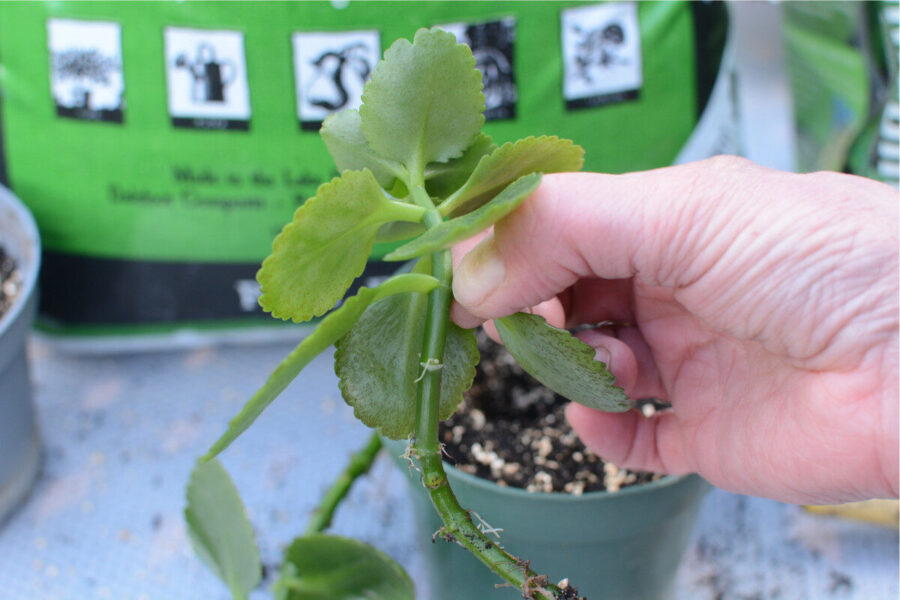
1. Pinch out the lowest leaves so they don’t dampen and rot by coming into contact with the compost.
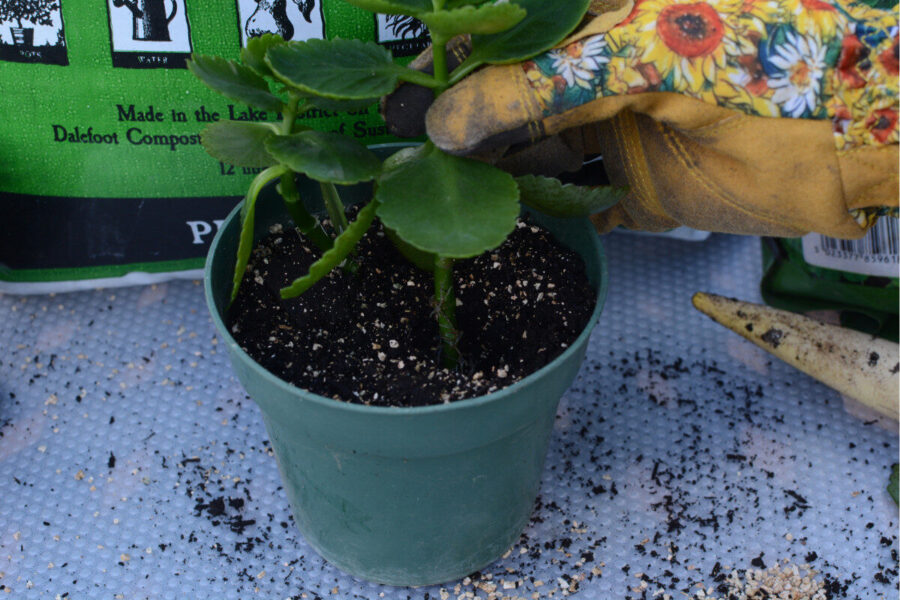
2. Bury the rooted stems in compost and firm them in before watering. Place on a north-facing windowsill.
Find more tips, advice and articles like this at the Amateur Gardening website. Subscribe to Amateur Gardening magazine now

